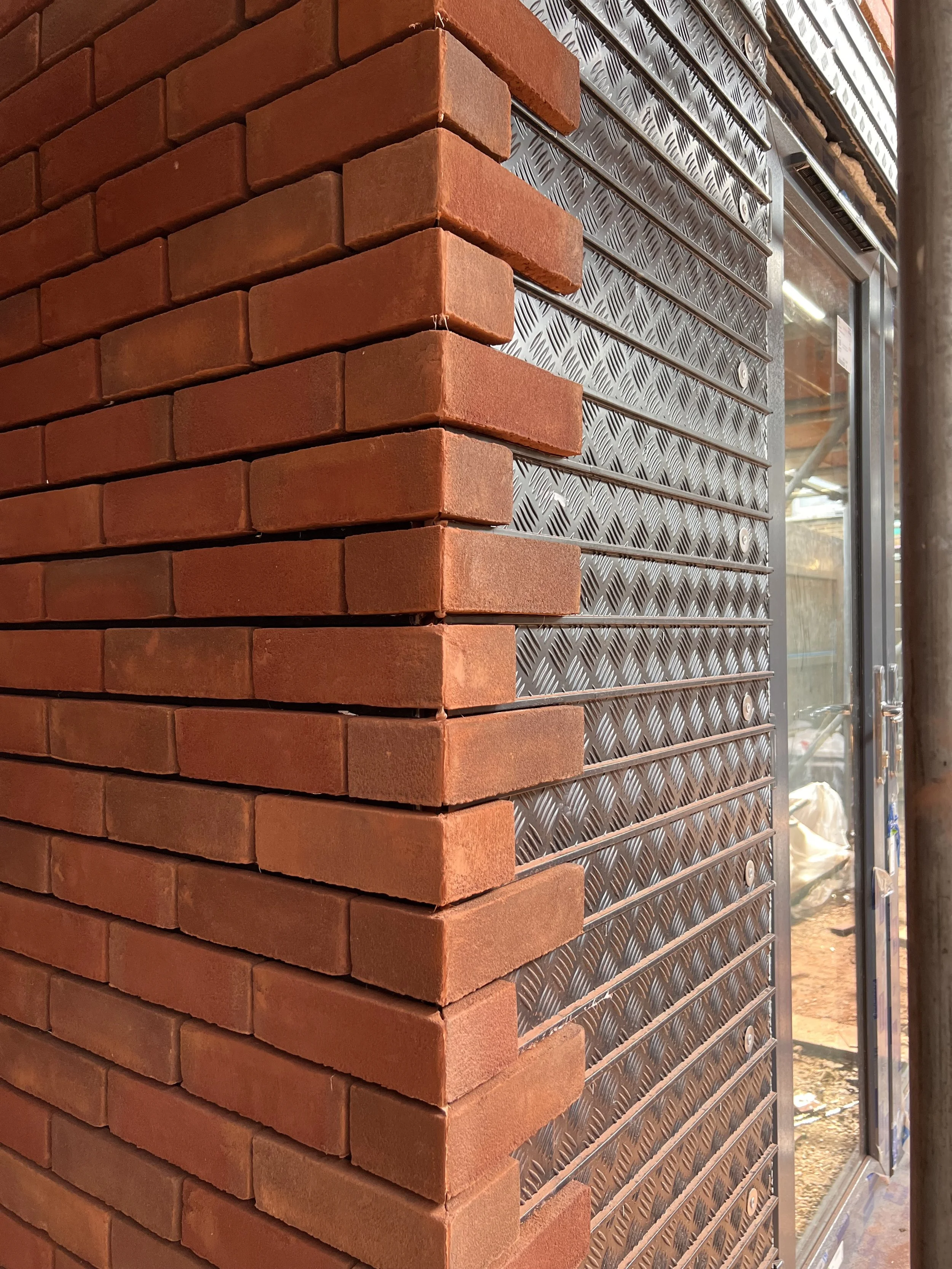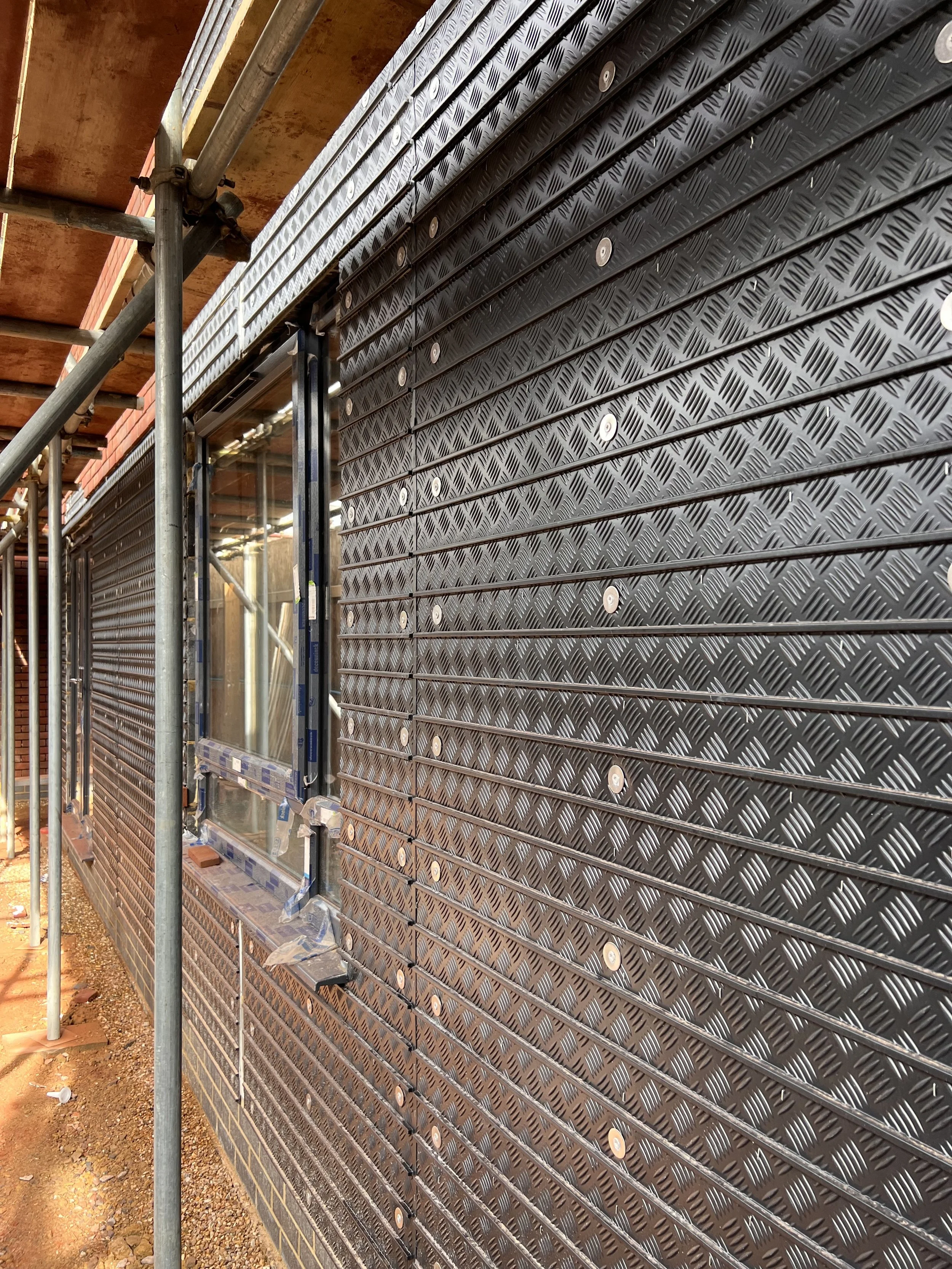
Chapter TWELVE
“FIRST FIX”
CHAPTER TWELVE: FIRST FIX
In the intricate world of construction, where vision becomes reality, the first steps are often the most crucial. A significant milestone in this journey is the "first fix," a term that holds immense significance in the construction industry. Let's delve into what first fix entails and why it's a pivotal phase in any construction project.
Understanding First Fix
First fix, also known as rough-in or initial construction, refers to the phase where the essential groundwork of a project is laid out. This stage involves installing critical elements that form the infrastructure of a building, such as the structural framework, electrical wiring, plumbing systems, and heating. It's the stage where the project takes shape from the inside out.
The Role of First Fix
Framework and Structural Integrity: During the first fix, the structural framework of the building is established. Beams, columns, walls, and load-bearing structures are put in place, forming the skeleton upon which the rest of the construction will rely.
Electrical Wiring and Plumbing: First fix involves installing electrical wiring and conduits, ensuring the building will have power, lighting, and other electrical components. Similarly, plumbing systems, including pipes and drainage, are set up to ensure a functional water supply and sanitation.
Future-Proofing: First fix also considers the future needs of the building. By strategically placing conduits and provisions for future technologies or expansions, the building is prepared for potential upgrades without invasive modifications.
Precision and Coordination
First fix requires careful coordination among various trades—carpenters, electricians, plumbers, and more. Each trade must execute their tasks precisely to ensure compatibility and proper integration of the various systems. A well-coordinated first fix sets the stage for a smooth transition to the next phases of construction.
Economic and Time Benefits
While the first fix might seem like an initial hurdle, it offers significant long-term benefits. Addressing core components at this stage minimizes disruptions and modifications during later phases. This not only saves time but also reduces costs, as alterations made after the first fix can be more complex and expensive.
Conclusion
In the grand symphony of construction, the first fix serves as the foundation upon which the entire project rests. It's the art of precision, the orchestration of trades, and the careful laying of groundwork that ensures the building will stand tall and functional. As you witness the gradual transformation of a construction site, remember that beneath the surface lies the intricate world of the first fix—a pivotal phase that sets the tone for the journey ahead.


